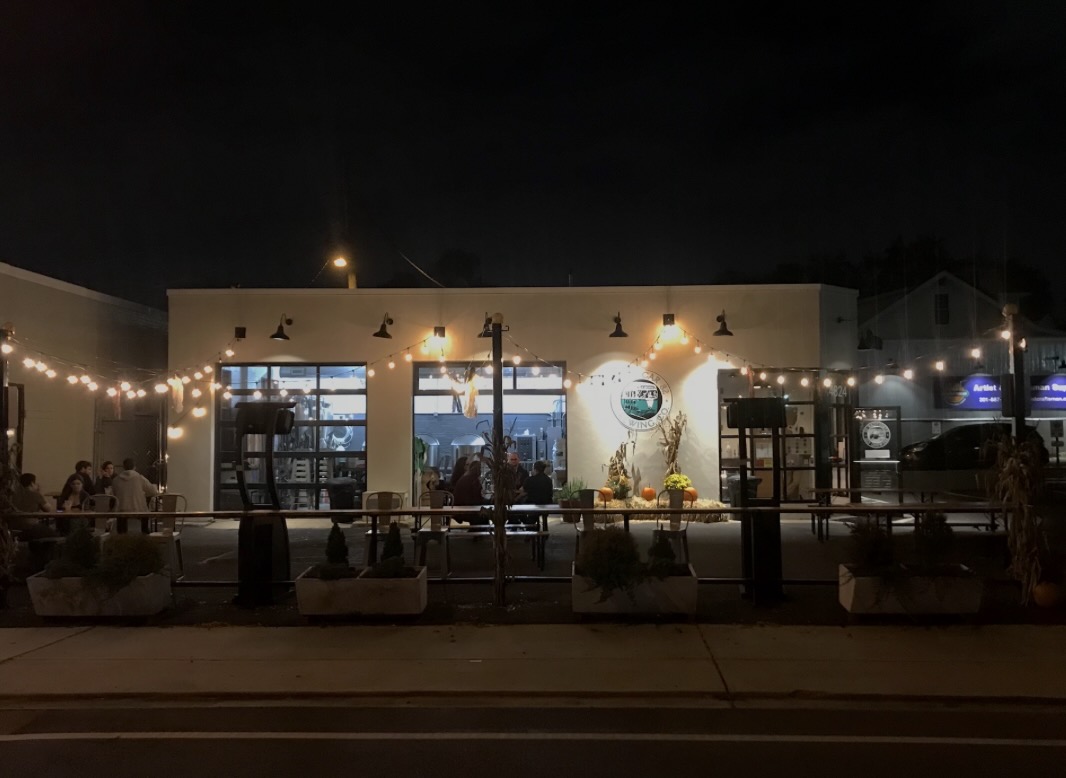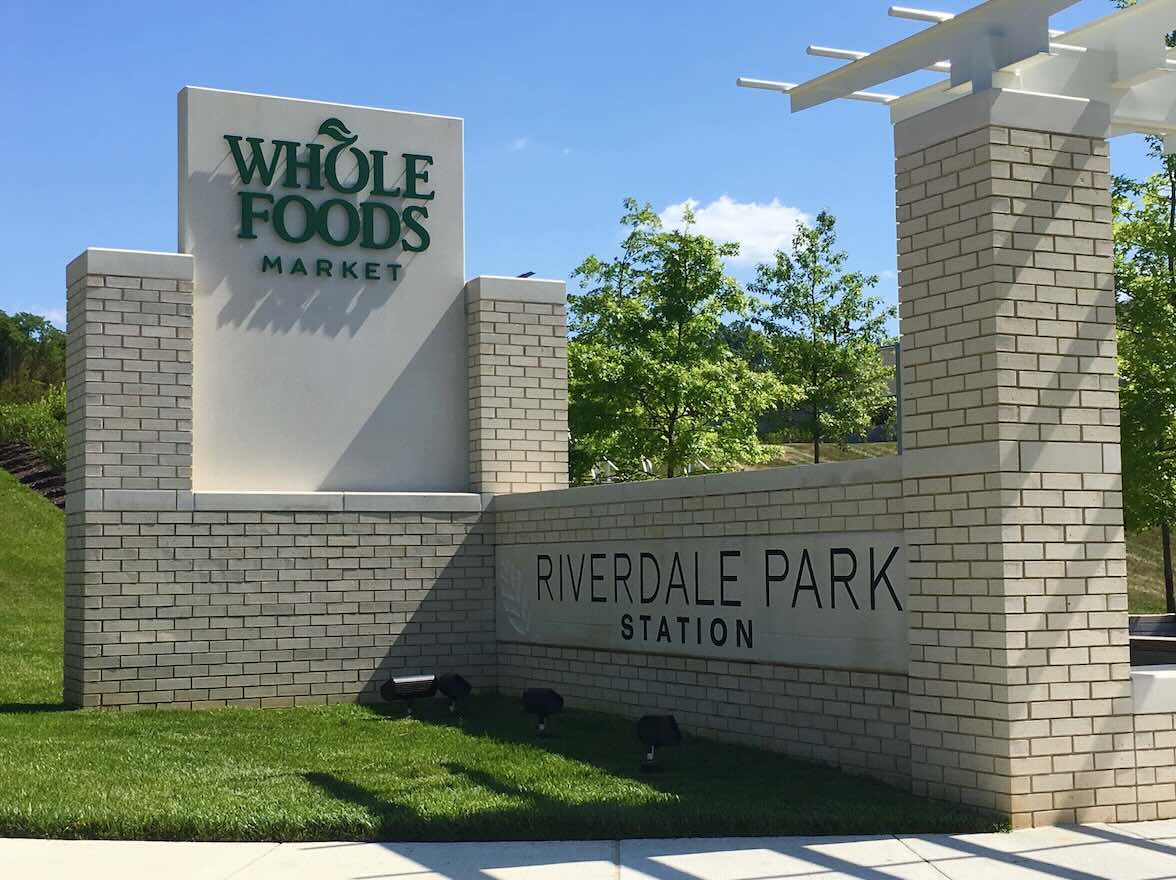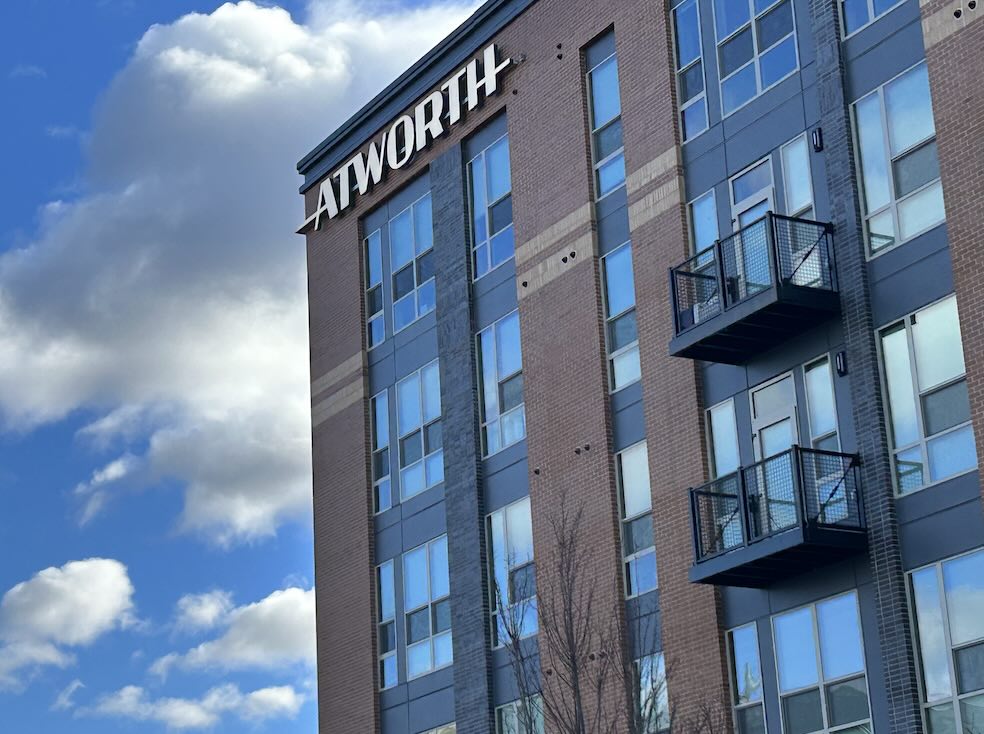
Photo courtesy of Elvert Barnes
Few things are more symbolic of America suburbs than the giant parking lot.
From malls to car dealerships to big box stores, developers have spent the latter half of the 20th century paving over lots to fill with cars, especially in places like Hyattsville.
But market forces and government plans are now working against some of those lots along the Route 1 corridor.
First, the area’s car dealers have mostly moved out and been replaced, most notably by the Arts District Hyattsville rowhomes and retail shops.
Second, the Washington Metropolitan Area Transit Authority has begun working with developers to build homes and shops on large tracts it has long owned around Metro stations throughout D.C.
Locally, that means projects like Riverfront at West Hyattsville Metro, a mix of townhomes, apartments and shops; Mosaic at Metro by Prince George’s Plaza; upcoming apartments and shops around the College Park Metro station; and townhomes by the Greenbelt station.
Third, Prince George’s County is currently rewriting its half-century-old zoning code to encourage more mixed-use developments around transit stations, including both the Metro stops and the upcoming Purple Line stops.
In practice, this would mean three-to-seven story buildings with shops and restaurants on the first floor and apartments or condos above, the kind of walkable urbanist neighborhoods that Jane Jacobs made famous. (Not everyone is convinced the county has gotten the details right, however.)
But local government follows demand, it doesn’t produce it. None of this would be happening if consumers didn’t want it, particularly millennials and seniors looking for affordable housing near transit. It’s also simple physics: You can only sprawl outward so far before the drive-time becomes too long, so it’s natural that developers would start looking for in-fill projects closer in.
And when they do, those big empty parking lots are going to look pretty tempting.















